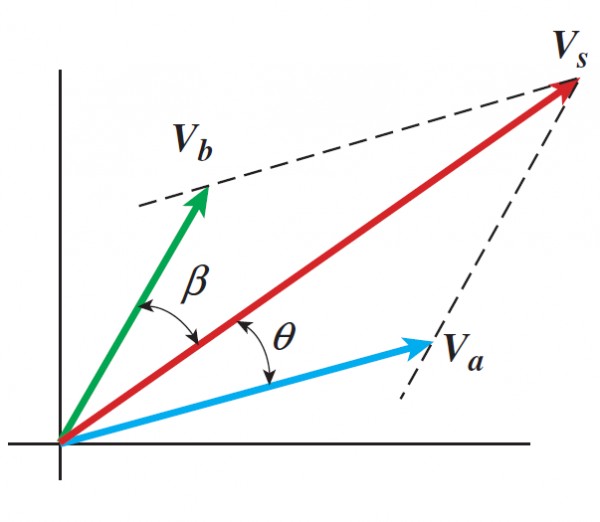Light of wavelength 6.1 × 10^-7 m has an energy of: (h = 6.63 × 10^-34 J×s, c = 3.00 × 10^8 m/s)
a. 3.1 × 10^-19 J
c. 1.7 × 10^-19 J
b. 1.5 × 10^-19 J
d. 3.3 × 10^-19 J
D
You might also like to view...
The magnitudes of two vectors Va and Vb are 5 and 7, respectively, and the magnitude of their sum Vs is 10 (i.e., |Va| = 5, |Vb| = 7, |Vs | = 10). The angles ? and ? in the figure below are:
(A) ? = 40.5°, ? = 27.7°
(B) ? = 27.5°, ? = 40.7°
(C) ? = 48.5°, ? = 37.7°
(D) ? = 14.5°, ? = 17.3°
Recently, superconducting wire was made using magnesium diboride (S. Jin, H. Mavoori, C. Bower, and R. B. Van Dover, "High critical currents in iron-clad superconducting MgB2 wires," Nature 411, 563 (2001))
This is assumed to hold the promise of cheap efficient energy transmission. Explain how this might be true.
A(n) ____________________ telescope has an objective that is a lens
Fill in the blank(s) with correct word
Elementary Particles: Elementary particles that experience the weak nuclear force but not the strong nuclear force are called
A. leptons. B. hadrons. C. mesons. D. bosons. E. baryons.